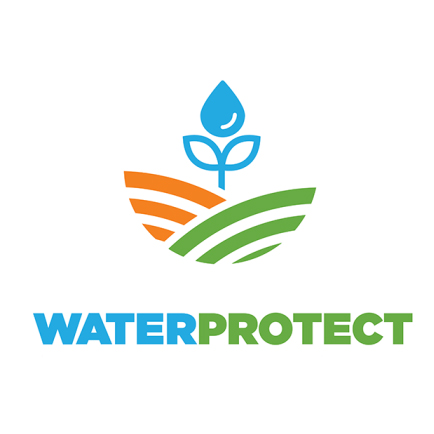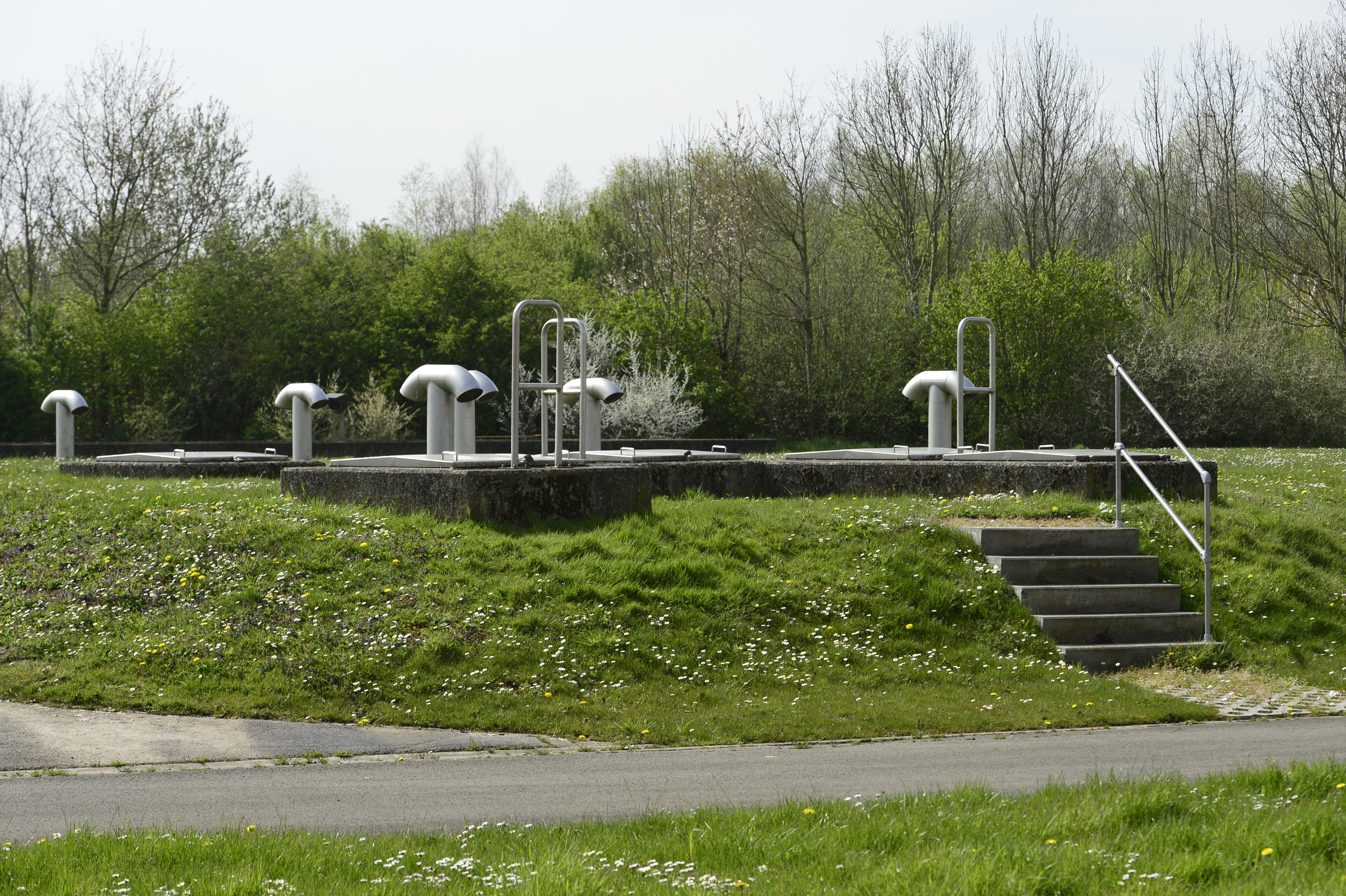WaterProtect
Better water quality thanks to WaterProtect
In more than half of Europe’s waterways, the water is of poor quality. The WaterProtect project, which was completed at the end of 2019, sought to improve water quality by encouraging innovative farming systems.

Reduce pollution
Water quality in European waterways has been below par for some time. The main challenge continues to be reducing pollution due to the use of pesticides and fertilisers in agriculture. The European WaterProtect project, which was part of the Horizon 2020 programme, sought to help tackle these challenges. Its main objectives were:
- Develop a multi-actor approach in the seven testing areas across Europe. In these areas, farmers, public authorities and researchers are working together to reduce pollution by nutrients and pesticides.
- Develop new models to protect sources of drinking water.
- Harmonise datasets on pesticides and nutrients.
- Identify innovative farming systems that foster good water quality.
- Distribute the knowledge gained to other areas in Europe.
Belgium
The Belgian division of WaterProtect, in which De Watergroep was a partner, focused on the Bollaertbeek basin, which doubles up as the extraction area of the Zillebeke water production centre. “The standards for crop protection products were exceeded across the entire area surrounding the Bollaertbeek”, De Watergroep’s Environment Coordinator Joris Pieters notes. “We decided to put our heads together with all partners in the project to tackle this problem. We wanted to encourage local farmers to take measures: grass buffer strips, separate filling and rinsing areas for tractors, receptacles for crop protection products, and other ways to prevent harmful substances from seeping into our streams. Water quality, as measured by De Watergroep, always formed the basis for these discussions.” The WaterProtect project concluded at the end of 2019, but its premise is continued in the Water-Land-Schap [Water-Land-Scape] project.
